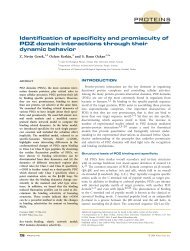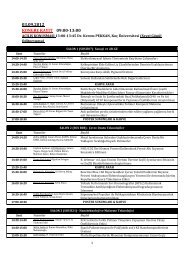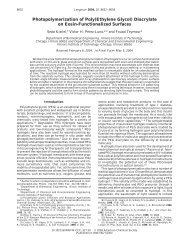Harvard Center for Textile & Apparel Research
Harvard Center for Textile & Apparel Research
Harvard Center for Textile & Apparel Research
Create successful ePaper yourself
Turn your PDF publications into a flip-book with our unique Google optimized e-Paper software.
B.Tan Overview of the Turkish <strong>Textile</strong> and <strong>Apparel</strong> Industry 6<br />
1. . Introduction<br />
In Turkey, the textile and apparel industry has been a very important driving <strong>for</strong>ce<br />
<strong>for</strong> the economy. Today, the textile and apparel industry has a major importance in<br />
Turkish economy. As an industry that generates around $20 billion a year, it accounts <strong>for</strong><br />
10.4% of the GNP, 39% of industrial output, 47.5% of manufacturing output, 21% of the<br />
total industrial employment, 10% of the total employment, and 37.4% of all the exports<br />
[11]. Table 1 summarizes some macroeconomic indicators <strong>for</strong> Turkey [14].<br />
The textile and apparel industry in Turkey dates back to the Ottoman Empire era.<br />
Production and processing of cotton and yarn was an important part of the manufacturing<br />
activities of the empire. When the empire collapsed, the new Turkish Republic that was<br />
founded in 1923 inherited 8 factories and 10,000 looms [1]. The new republic designated<br />
the textile and apparel sector as one of the protected sectors and invested heavily in the<br />
sector by opening new factories and <strong>for</strong>ming State Economic Enterprises. Under the<br />
protection of the state, the industry flourished rapidly and started exporting textile<br />
products in 1960s. The share of textile and apparel exports as a percent of total exports<br />
was only 2.96% in 1970.<br />
The liberalization of the economy in 1980s and export-oriented government strategies<br />
and incentives accelerated the exports of the textile and apparel to the global markets.<br />
Turkey became a major exporter of yarn and unprocessed fabric to Europe in 1980s.<br />
Although Europe imposed quotas limiting Turkish textile exports to European countries in<br />
these years, Turkey continued to be the major supplier of cotton yarn until late 1980s. As a<br />
result of the emergence of Asian competitors and also an antidumping tax of 12% that was<br />
charged on Turkish yarn by the European Union, Turkey lost its leadership position. The<br />
industry then moved towards more value-added products such as finished cotton, synthetic<br />
fiber fabrics, and ready ware.


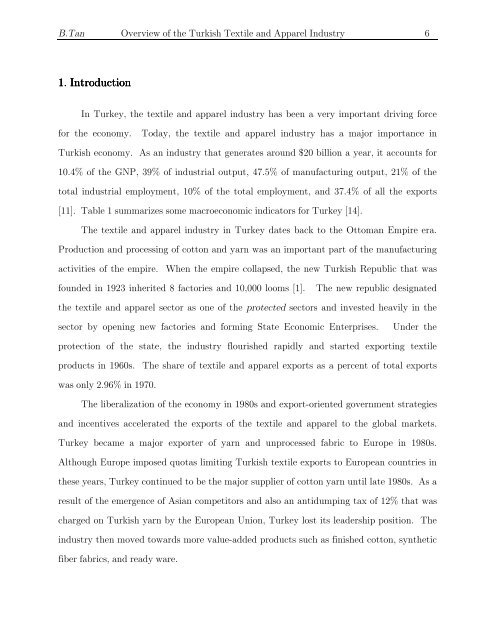
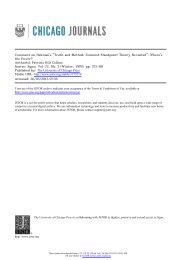
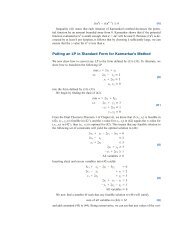
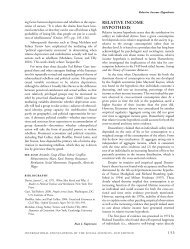
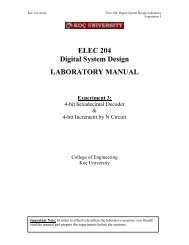
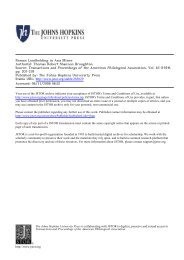
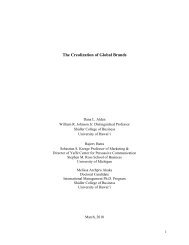
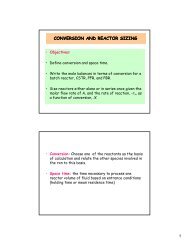
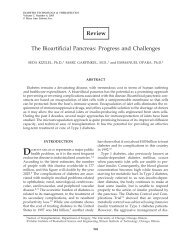
![]_[O](https://img.yumpu.com/10363126/1/190x138/-o.jpg?quality=85)


